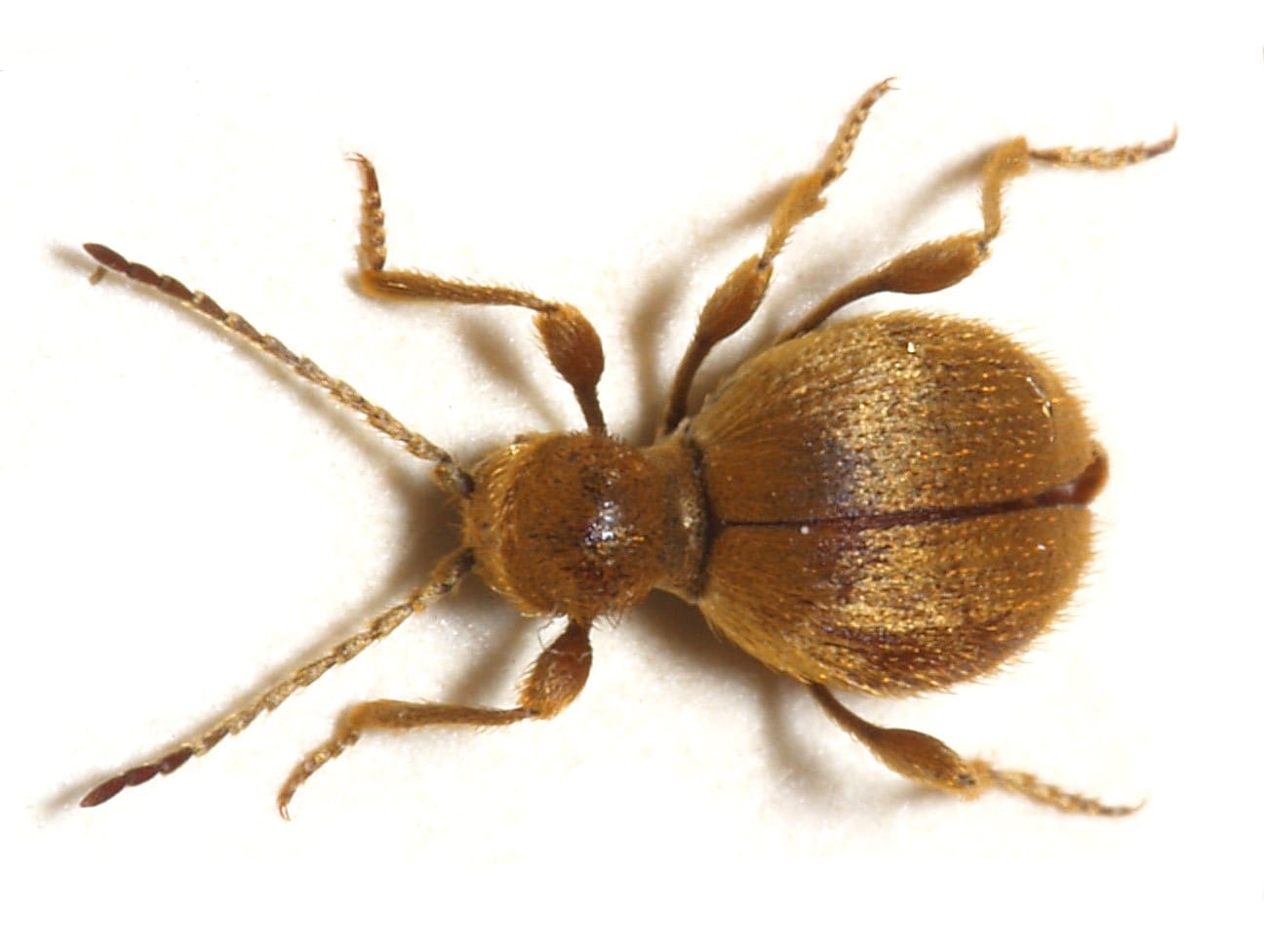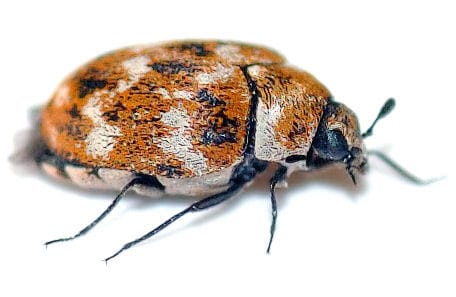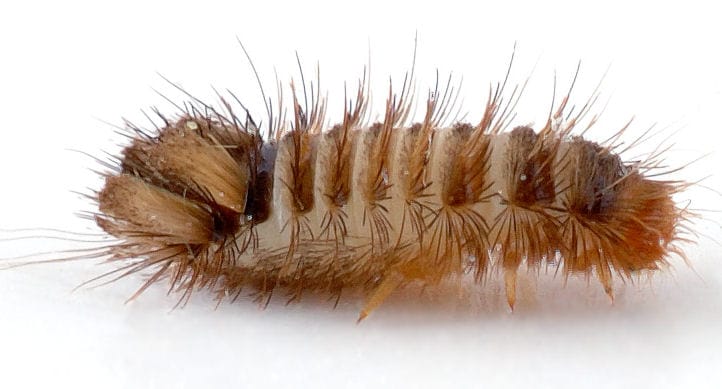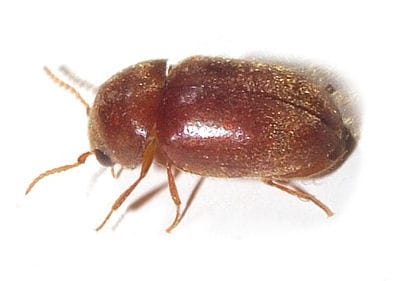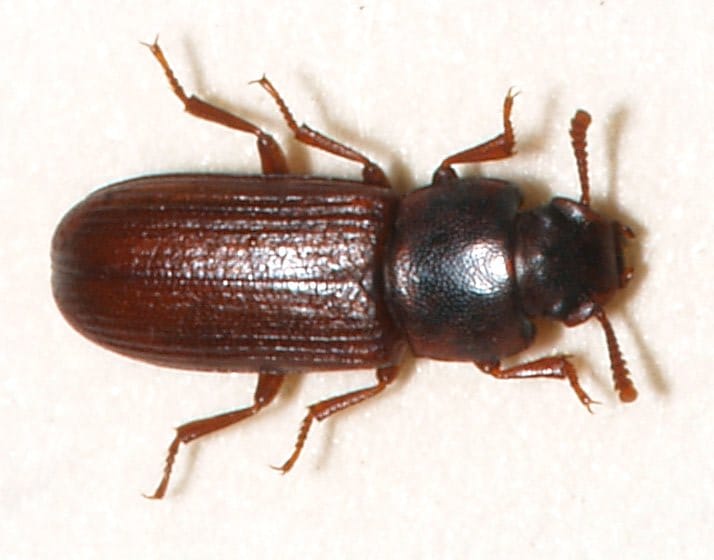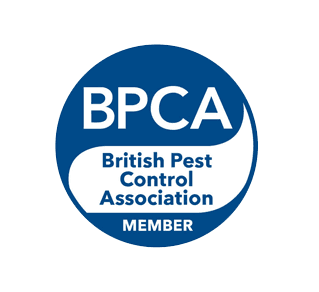Beetle Pest Control Specialists
We have listed some of the most common species of Beetle we are asked to deal with; Australian & Golden Spider Beetles, Tobacco & Biscuit Beetles, Plaster Beetle, Larder Beetle, Rust Red & Confused Flour Beetles, Lesser Mealworm Beetle, Yellow Mealworm Beetle and the Saw Toothed Grain Beetle.
Below is a general Description and Biology of the Beetle. For site specific details and insect identification please Contact Us on 0800 055 6966 at your earliest opportunity to arrange for one of Experienced Technicians to visit.
The general anatomy of a Beetle is quite uniform, although specific organs and appendages may vary greatly in appearance and function between the many families in the order. Like all insects, Beetles’ bodies are divided into three sections: the head, the thorax, and the abdomen. When viewed from below, the thorax is that part from which all three pairs of legs and both pairs of wings arise. The abdomen is everything posterior to the thorax. When viewed from above, most beetles appear to have three clear sections, but this is deceptive: on the Beetle’s upper surface, the middle “section” is a hard plate called the pronotum, which is only the front part of the thorax; the back part of the thorax is concealed by the Beetle’s wings.
Beetles Biology
Protectahome Control
For more information on Pest Control by Protectahome and associated services we provide, please see our Case Studies or to speak to our Pest Control Department please Contact Us on 0800 055 6966 or alternatively email us via pestcontrol@protectahome.co.uk

